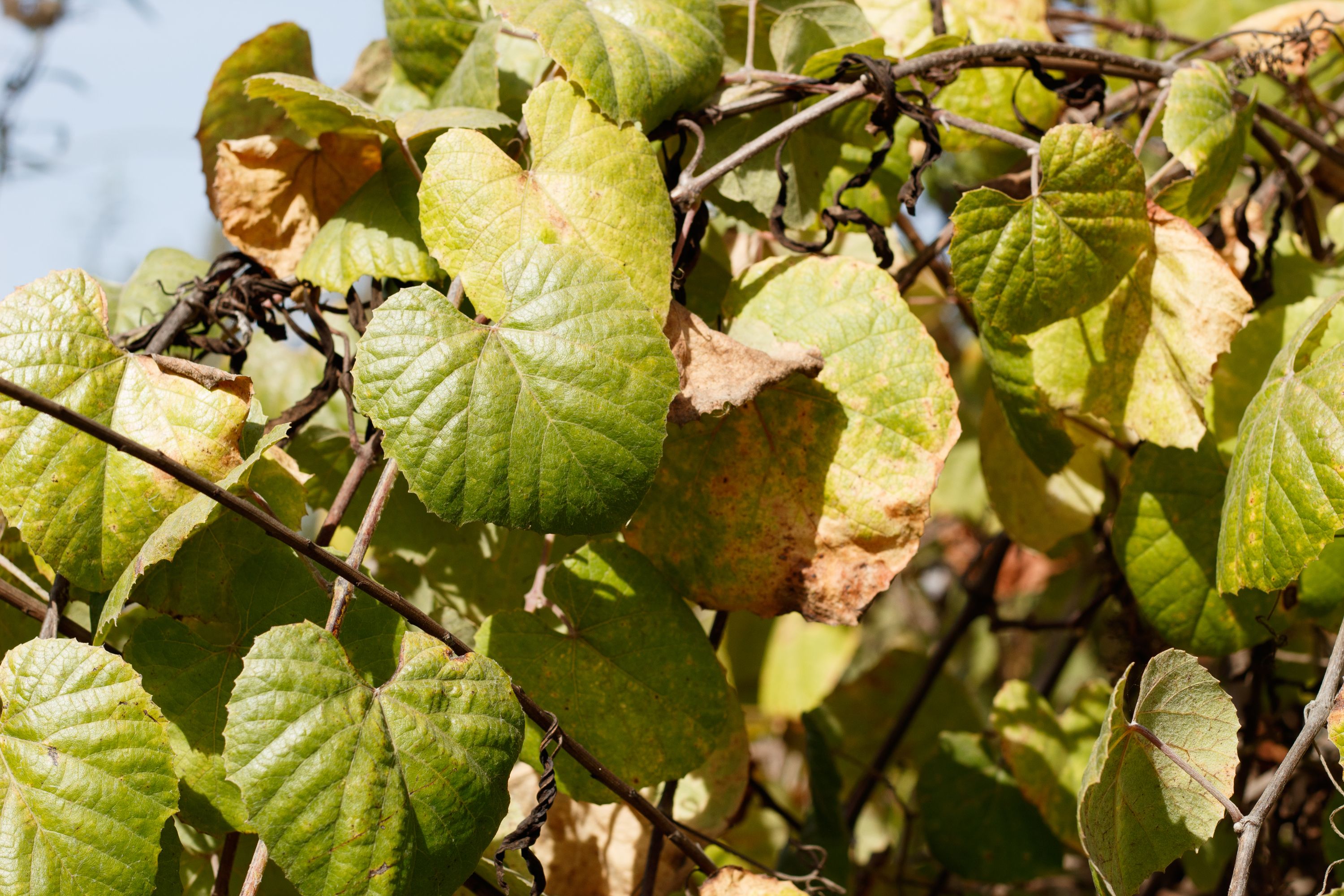Desert wild grape
(Vitis girdiana)

Description
Vitis girdiana is as species of wild grape known as the desert wild grape, coyote grape, or valley grape. It is native to southern California in the United States and to Baja California in Mexico. Vitis girdiana is a woody vine with a coating of woolly hairs, especially on new growth. The woolly leaves are heart-shaped to kidney-shaped with toothed edges and sometimes shallow lobes. The inflorescence is a panicle of unisexual flowers. The fruit is a spherical black grape usually not more than 8 millimeters wide. It grows in canyon and streambank habitat in hills and mountains of the region. Various Native American groups used the fruit. The Kumeyaay ate the fruit fresh or dried into raisins and cooked, they also rubbed the sap on falling or thin hair to help its health and make it grow. The Luiseño called it Makwit and cooked the fruit for food. The Cahuilla used it fresh, cooked, or dried into raisins, and made it into wine. Vitis (grapevines) is a genus of 79 accepted species of vining plants in the flowering plant family Vitaceae. The genus is made up of species predominantly from the Northern Hemisphere. It is economically important as the source of grapes, both for direct consumption of the fruit and for fermentation to produce wine. The study and cultivation of grapevines is called viticulture. Most cultivated Vitis varieties are wind-pollinated with hermaphroditic flowers containing both male and female reproductive structures, while wild species are dieceous. These flowers are grouped in bunches called inflorescences. In many species, such as Vitis vinifera, each successfully pollinated flower becomes a grape berry with the inflorescence turning into a cluster of grapes. While the flowers of the grapevines are usually very small, the berries are often large and brightly colored with sweet flavors that attract birds and other animals to disperse the seeds contained within the berries. Grapevines usually only produce fruit on shoots that came from buds that were developed during the previous growing season. In viticulture, this is one of the principles behind pruning the previous year's growth (or "One year old wood") that includes shoots that have turned hard and woody during the winter (after harvest in commercial viticulture). These vines will be pruned either into a cane which will support 8 to 15 buds or to a smaller spur which holds 2 to 3 buds.
Taxonomic tree:







